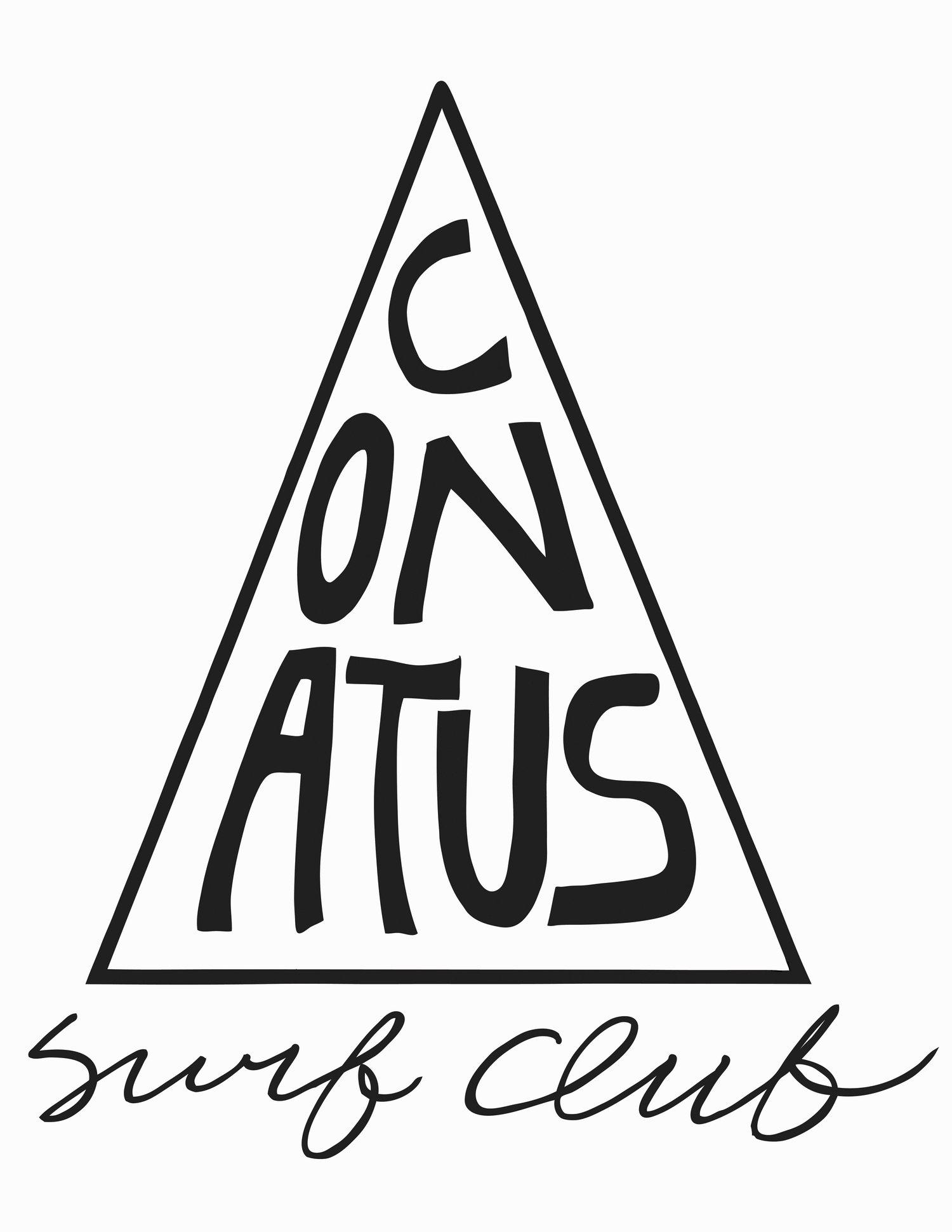Ever watch a surf contest and hear commentators talk about "front footed" vs "back footed" surfers and wonder what they're talking about? Or maybe you've always considered yourself one or the other. What, exactly, does it mean to be a front footed or back footed surfer? How do you know which you are? Is one better than the other? Is there an alternative or an ideal stance for most surfers? Let's clear this up for good!
Think YOUR stance needs work?
GET A STANCE BREAKDOWN →Why Every Surfer is Both Front Footed and Back Footed by Nature
We all surf on two feet, so essentially everyone is by nature both a front footed and back footed surfer. The real question isn't which foot you use, but when and how you use each one effectively.
All Proper Surfing Starts with Your Back Foot
All adequate and mechanically sound surfing is initiated with the back foot. This goes for shortboarding as well as midlength and longboard surfing. Surfboards are designed to pivot around the tail, so if you can't set up a turn or a line with your back foot, then you need to learn that first. In this way every competent surfer is at least partially "back footed".
The Neutral Stance: The Sweet Spot for Most Surfers
There is a third option and that's a "neutral stance". This stance equally distributes weight through each foot. Sometimes the back foot is weighted a little harder, and sometimes the back foot is unweighted in order to achieve a different line or to create speed. In the video I argue that, for most people, the stance you ought to strive after is the neutral stance.
When Front Footed vs Back Footed Labels Actually Matter
The true distinction between front and back footed surfing only matters at an expert or elite level. "Front footed" surfers transfer weight from their back to their front foot for faster pumping and for radical blow tail and aerial maneuvers. They do this so often that it's the sheer frequency at which they place pressure on their front foot that earns them the label.
Dane Reynolds, the quintessential front footed progressive surfer transfers weight onto his front foot to de-weight the tail for an epic fin throwing maneuver.
"Back footed" surfers are less inclined to transfer weight onto the front foot for pumping and for recovery through gnarly carving maneuvers. They are said to have a "lead foot" and are also called "power surfers". I don't think I can be more clear than I am in the video portion where I examine the classic back footed surfing of Sunny Garcia.
Sunny Garcia, quintessential back footed surfer, pushes his back through his turns with extra power and extra spray.
Why Beginners and Intermediates Should Focus on Back Foot Fundamentals
If you're an advancing beginner or intermediate and you're leaning too much on your front foot for speed, thinking that will make the board go faster, that does not make you a front footed surfer. That means that your form is wrong and you need to learn how to initiate turns with your back foot.
Sure, you may end up a front footed surfer at the end of the day, but you're better off learning first to achieve a neutral stance. I think the examples in the video make it clear enough that, technically speaking, a truly front footed surfer is someone who can easily do an air 360, not a beginner who is incorrectly pressing down on their front foot. This actually causes the board to go slower, not faster, because you've not pushed sufficient air and water out the back with your back foot first.
Ready to improve your surfing stance?
ANALYZE MY SURFING HERE →Proper Foot Placement for All Surfboard Types
In terms of foot placement in general, the back foot must reach back over the fins to initiate turns. The front foot is usually in the center of the board, perpendicular to the stringer, with toes slightly pointed forward. This is the case on almost every kind of surfboard known to man. We make one exception for finless boards and boards called "hulls". I suppose I can cover those in another post. Suffice it to say here that this principle doesn't apply to them.
How to Improve Your Foot Placement Without Looking Down
It's good practice not to look down at your feet to determine where you're placing them. For this you want to go by feel and by video review feedback. You fix improper foot placement in two main ways: One, by refining your pop up at home and in the water. Two, by practicing moving your back foot forward off the tail block and back over the tail block both at home and in the water.
My Personal Surfing Stance and Why It Matters
What about me? I'm a neutral stance surfer who has a tendency towards my back foot. I can sometimes de-weight the back foot to get my fins out of the back of the wave, but it takes extreme conscious effort on my part. Putting any pressure on my right foot (that's my front foot) feels extremely unnatural and weird to me. That's why I look like such a kook when I'm trying to surf frontside in a regular foot stance! When doing that, I inevitably lean forward over my left foot because that is what feels most comfortable. Ok, I hope this is clear to you now! It might be a good challenge and good fun to watch surf videos and pro contests and try to determine which surfers are front footed, back footed, or neutral stanced!
Want to master your stance in just one week?
JOIN THE NY INTENSIVE →







